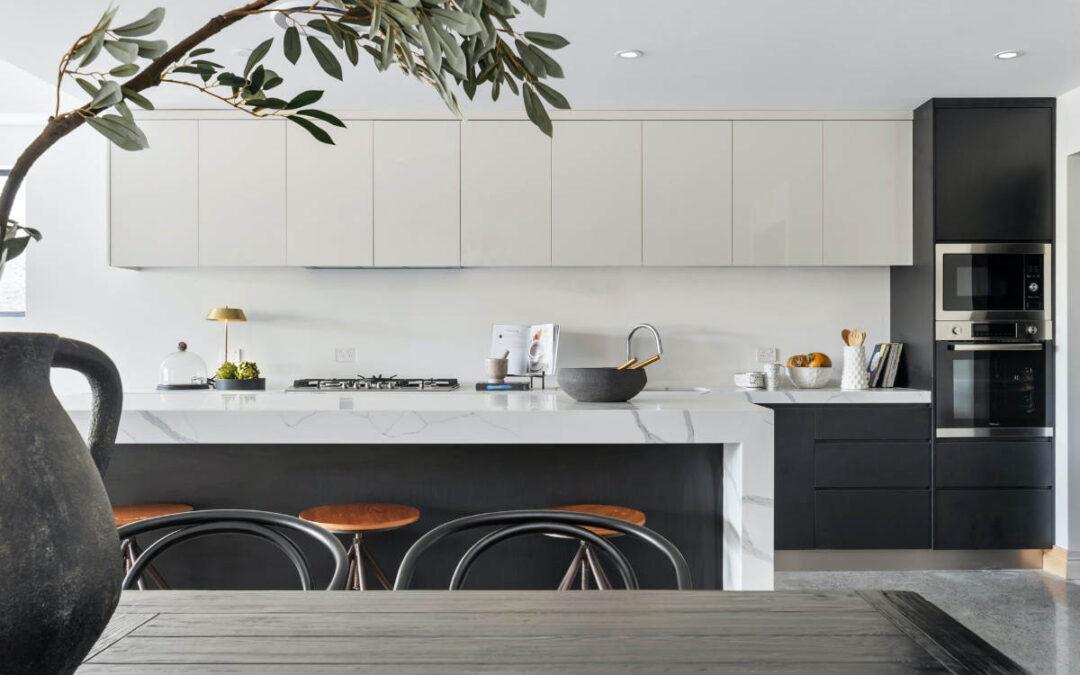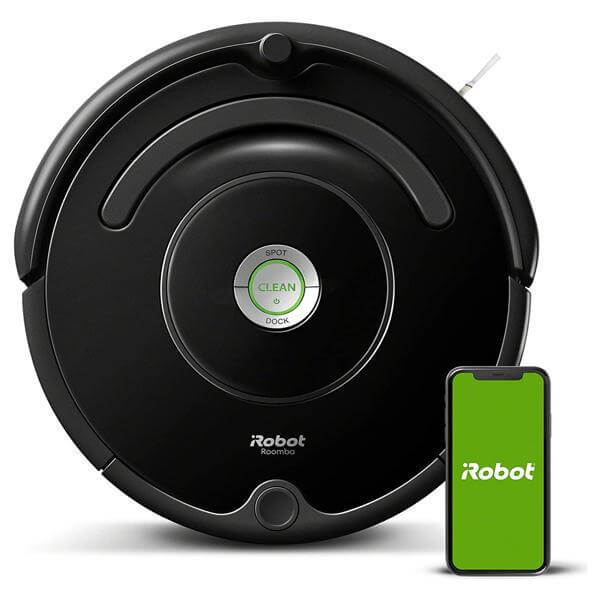As the world becomes more connected, it seems like the idea of home automation is becoming more mainstream every day. From smart lights that turn on when you enter a room to connected locks that let you access your home from anywhere in the world, the benefits of home automation are slowly becoming more apparent.
Home automation can make your life a lot easier by automating simple tasks around your home and creating new opportunities for you to connect with technology in new ways. It gives you access to things you might not have, like a built-in security system or an automatic garage door opener.
We gathered some tips to help you get started with DIY home automation. Note that setting up DIY home automation systems discussed below are adequate for smaller homes.
If you have a large luxury home, you will need an integrated system that requires professional installation. The team at Unlimited Integrators who provide residential services in Houston can advise you further on the right system for your home.
What is Home Automation?
Home automation is the use of technology, such as computers and sensors, to control various aspects of a home. These aspects include lighting, locks, appliances, heating, cooling and more. It’s possible to automate your home using technology that’s already in your home or by installing new technologies. For example, you could purchase an automatic garage door opener that opens when you drive up to your garage or install a connected lock on the front door so you don’t have to worry about remembering keys.
How to Automate Your Home
Once you have a clear idea of what you want to automate, it’s time to start. The first step is setting up the devices. If you already have some devices, like smart lights or locks, make sure they are compatible with your home automation system so you can continue using them. Next, you need to set up your home automation system in order to control the devices and access them remotely.
Once everything is set up and running, it’s time to automate tasks around your home. The most common tasks are turning on lights and locking doors when it gets dark outside or when someone arrives at your house. You can also automate things like automatically starting your dishwasher or replicating an Amazon Echo experience by controlling appliances with voice commands.
The Different Types of Home Automation
There are a few different types of home automation. The most common are smart lights and thermostats, but there are also smart locks, security systems, and garage door openers that can be used to automate your home.
Smart Lights: The idea of smart lights is simple: they’re lights that turn on when you enter a room and turn off when you exit the room. They use the motion or proximity sensors in your home to automatically turn on when you enter a room, which means no more switching on and off those lights manually.
Thermostats: These devices can control your heating and cooling by using schedules to set temperatures for different times of the day. You can also control the temperature remotely with your phone so you never have to worry about forgetting to adjust the temperature while you’re not at home. Thermostats can save energy and money by turning down the air conditioner during off-peak hours and turning up the heat during peak hours.
Security systems: Security systems can monitor doors and windows around your house for any movement or disturbances that may indicate someone is trying to break in or steal from your home. This type of system is especially helpful if you live in an area with a high crime rate or if you have kids who stay up late playing video games. Security systems automatically alert you when something goes wrong in real time so you know what’s going on as soon as possible.
How to Set Up Home Automation
1. Technology: The first step to automating your home is to figure out what you want to automate and the best way to do it. This can be done by looking at the devices that are already in your home and figuring out which ones you’ll need to buy. Once you know what you’re looking for, make sure they’re compatible with each other and with the overall system.
2. Set Up Apps: Once you have a list of devices and how they work together, find apps that will help automate those devices or give you more control over them. Although it is not necessary, many homeowners us a voice-contolled central hub for DIY home automation, like Amazon Alexa, Apple HomePod mini or Google Home, but there are also lots of others that don’t require any extra hardware installation.
3. Design Your System: Now that you have a list of apps, it’s time to decide on what your system will look like and how many devices you’ll need for it. It should include an app for your smartphone/tablet/computer, as well as a lamp, alarm clock, thermostat, etcetera. An easy way to keep track of everything is by using IFTTT between all the different apps so that things happen seamlessly when you want them to happen!
The Benefits of Automation
A big benefit of automation is the convenience. When you automate something, you save yourself time and money. Automation is a great way to reduce your workload and stress levels by automating tasks like cleaning the floors, cooking dinner, or monitoring your home while you’re at work.
Another benefit of automation is that it helps maintain the physical integrity of your home. If you have a connected door lock, for example, it will alert someone if someone has left the door open and will notify them when they get back.
This could be a lifesaver for homeowners who often find themselves worrying about things like their doors being left unlocked or even broken into.
Final Words: Is Automation for You?
Before you start automating your home, it’s important to consider the advantages and disadvantages of home automation. To save yourself from any potential frustration, ask yourself if there are any tasks that you just can’t automate, or if the benefits of automation outweigh the cost.
Also check out 15 Best SmartHome Devices for the Ultimate Automation for Your Home.





